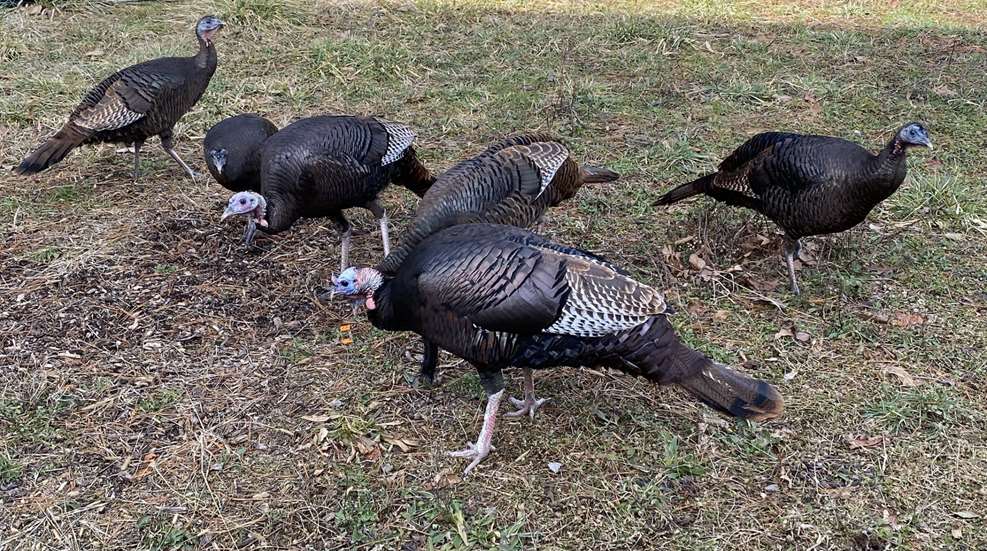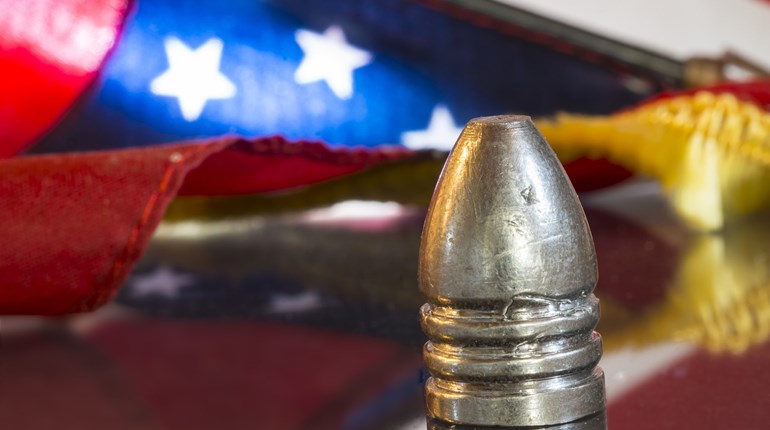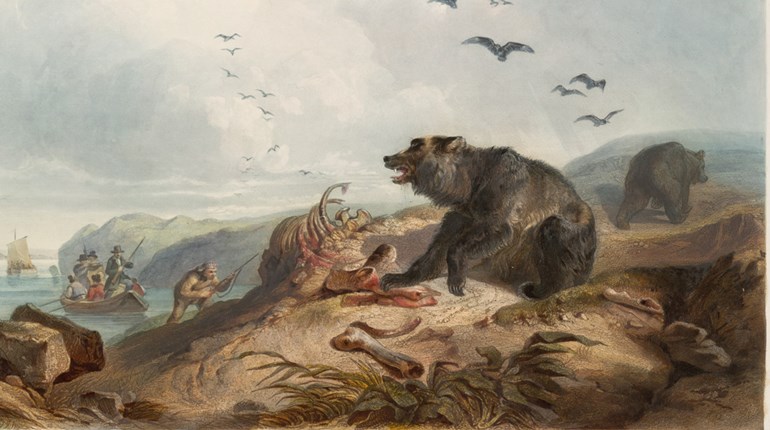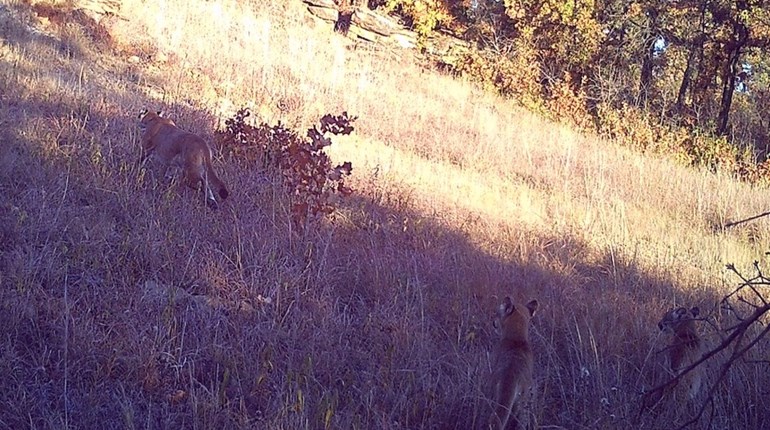
The restoration of the wild turkey to North America during the latter half of the 20th Century is a wildlife management success story like none other. Working cooperatively, state wildlife agencies and the National Wild Turkey Federation reintroduced turkeys to not only nearly all of the bird’s former historic range, but even into some areas where turkeys had never lived. In short, it was a tremendous accomplishment.
But over the last two decades the flocks in eastern North America have gradually thinned considerably, my home state of Ohio being a microcosm of the situation. The history of the wild turkey in the Buckeye State is one of boom and bust.
A bird of mature woodlands, turkeys thrived in pre-settlement times when the state was 95 percent forested. Just how many wild turkeys existed in the Ohio country hundreds of years ago is anyone’s guess—as high as a million, perhaps?
“One million is possible,” said Mark Wiley, wild turkey biologist with the Ohio DNR, Division of Wildlife. “But it’s very difficult to say for sure.”
Regardless of the number, everything changed within a 150-year period from 1750 to 1900 when Ohio lost all but about 10 percent of its woodlands to timbering, farming and development. As a result, the state also lost all of its wild turkeys. The last bird was thought extirpated by 1904, a victim not only of habitat loss but unregulated hunting, as well.
However, the woods gradually began to grow back—Ohio is now one-third forested again—and in the 1950s wildlife biologists began reintroducing wild turkeys captured in other states to fill the empty habitat. The birds literally took off, reaching an estimated modern-day high of more than 200,000 in the early 2000s. The statewide spring harvest reached its peak in 2001, with Ohio hunters reporting more than 26,000 birds taken. Compare that to the paltry 11,872 turkeys reported taken during the recent 2022 spring hunting season, and the extent of the problem becomes apparent.
Nearly all eastern U.S. states are experiencing similar population declines. In the West, however, wild turkey numbers are stable if not increasing, even in some of those areas that historically didn’t support turkeys. Dr. Mike Chamberlain is a nationally respected wild turkey biologist at the University of Georgia, has studied turkeys for more than 25 years, and is a longtime turkey hunter. With all that professional and personal knowledge under his belt, he believes he knows why America is losing its wild turkeys.
“There is no single smoking gun. Rather, it’s death by a thousand cuts,” Chamberlain said. The following are his five main reasons why he thinks wild turkey populations are struggling:
Habitat: “As with any wildlife population, suitable habitat is key, and turkey habitat in the East is suffering in several ways,” said Chamberlain. “Turkeys are inextricably linked to hardwood forest, and the amount of that habitat is decreasing. Land is also being converted to the types of habitats that are not conducive to turkeys, such as pine plantations in the southeast. In other words, the birds are trying to survive in poor-quality woodlands.”
Chamberlain added that woodlands are also becoming more fragmented and separated from one another, resulting in little to no opportunity for the remaining turkey flocks to intermingle and exchange genetics, keeping the overall population healthy.
Predation: “Across North America,” continued Chamberlain, “we’ve seen changes in the distribution and abundance of predators: raccoons, coyotes, bobcats, raptors (hawks and owls), and certain reptiles such as rat snakes that eat turkey eggs. The current predation rate on turkey nests is higher than it was 20 years ago.”
Harvest: “Harvest matters,” said Chamberlain. “It matters when a hunter kills a bird and it also matters at what rate birds are harvested. The paradigm that has guided turkey harvest in the past is now outdated. If a particular state is killing more than 30 percent of the male turkeys in its population annually, that rate is no longer sustainable.”
Disease: “The problem with disease is that we don’t understand the complexities of it on the landscape level,” Chamberland said. “For instance, if a bird sickens and dies, we don’t know what happened or why. And some viruses have the potential to affect reproduction; we just don’t yet understand the magnitude of it all. Diseases can also be prevalent in some areas and not in others. It’s a difficult question to get a handle on and needs more study.”
Hunters: If you’re a turkey hunter, Chamberlain’s last comments may surprise you. “It’s us,” he said, “meaning turkey hunters. It’s our current mindset, our current perspective, our current expectations. We are the ones who will determine the future of this bird. If we are willing to give more than we take, then there is hope for the wild turkey we all love.
“In the future, sportsmen are going to have to sacrifice for the good of the resource. Which may mean only taking one bird per hunter per spring season. And that would mean a major change of thinking in some hunters’ minds and the minds of state fish and game agency personnel who set the hunting regulations.”
Established wildlife populations are naturally dynamic—constantly fluctuating—and some biologists believe that is what the wild turkey is currently experiencing. But the fact that the changes are occurring simultaneously over a large region of our country makes that theory somewhat doubtful.
Another theory that would explain the decline in turkey numbers is one that affects all wildlife populations introduced into suitable new habitat. For a time, the population expands exponentially; but it then eventually peaks and declines to a more sustainable level, determined by the amount and quality of the given habitat. Is that what’s now happening? Biologists simply do not yet know, or possibly can’t yet agree.
Regardless, Chamberlain concluded with this sobering thought. “I believe we are entering a new normal when it comes to wild turkeys. In my estimation, we are never going back to where we were in 1995.”






































